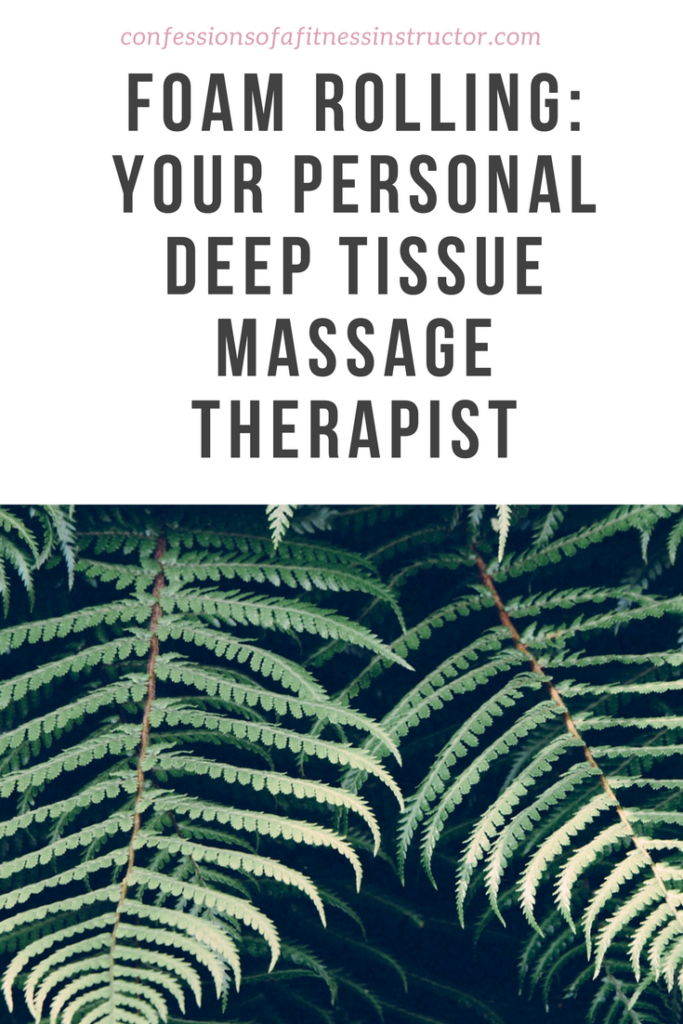Good morning everyone! Today I’m pleased to have Cole from HomeGymr.com guest posting all about foam rolling. I’ve written a number of posts in the past about foam rolling and myo-fascia release, but Cole and his girlfriend have created an amazing foam rolling guide so I was excited to have him guest post an share his knowledge with you all. Enjoy!
-Suzi
Daily life with the addition of exercise can take a toll on your body. Soreness, tight muscles and several other side effects can range from a minor annoyance to a major injury. There are several tools to combat this, and they all have different levels of effectiveness. One of the most popular methods for reducing soreness, fighting inflammation and loosening up your tight muscles is making use of the foam roller. A foam roller certainly doesn’t look like it should be an exercise or physical therapy aide, being just a long cylinder made of foam, but it has been proven to be a very effective tool against injury and general discomfort caused by repetitive motions (especially in the workplace) and exercise.
What is Foam Rolling?
Foam rolling is a practice that involves using a long, foam cylinder to basically “roll” out knots and imbalances in your muscles. There are an almost endless amount of positions you position your body and the foam roller into to target the different muscles, and new positions are constantly being invented by physical therapists and other industry professionals.
With the expansiveness of this modality explained, most of the positions do have a thing or two in common. In almost every position, the foam roller will be between your body and the floor. This allows you to get the maximum benefit while keeping your muscles relaxed and letting gravity to do the work. If you had to actively use your muscles to press against the foam roller, you would be doing the opposite of what is intended for the foam roller and straining your muscles. The act of using the roller basically applies surface pressure to the knot or intended muscle to help dissipate pain and tension by breaking up the tissue.
How Can Foam Rolling Benefit Me?
Foam rolling can benefit anyone, in one capacity or another. For the daily office worker, tight upper backs and shoulders are a plague. This is called “upper-crossed syndrome” and is very common among the working classes. Unfortunately, this leads to terrible posture, back pain and knee pain. Foam rolling can help roll out the imbalances, sore spots, places of tension and painful segments of muscle to loosen up the muscle and restore the tissue to be more comfortable.
Rolling the upper back and shoulders are extremely common, but that’s not the only place the foam roller can work its wonders. Quadriceps, hamstrings, pecs, latissimus dorsi, glutes and pretty much every other muscle can take benefit from the foam roller, when used correctly. After learning the ropes on how to use one, daily use of a foam roller can effectively change your posture and how your muscles put force on your skeleton for the better.
Great, How Do I Do It?
As we touched on earlier, there’s a laundry list of positions that the foam roller is effective in. So rather than just touching on a few moves, below is a foam roller exercise guide from HomeGymr which teaches moves for nearly every part of the body. There are tips and instructions for each, along with images to make sure your body is in the right position to effectively roll the respective muscles.
[Tweet “Foam Rolling – your complete guide to increased mobility & reduced body pain!”]
Wrapping It Up
Foam rolling can be one of the quickest ways to turn around nasty muscle soreness/pain, and can also benefit you by giving you quite a bit more flexibility. Tight muscles are more likely to strain or sprain, and any steps to avoid these tight muscles is a step worth taking, so grab a foam roller and see exactly how it feels for yourself.
Thanks so much Cole!
I’ve had it on my to-do list to create a Foam Rolling Basics course, but in the meantime I think their guide is perfect for teaching you how to use this fabulous piece of equipment. Be sure to check out their website HomeGymr!

